Sierra Morena de Sevilla Natural Park, located in the north of the province of Seville, is a protected natural area that was declared a natural park in 1989. The Park covers 177,484 hectares, spanning over the municipalities of Alanís, Almadén de la Plata, Cazalla de la Sierra, Constantina, Guadalcanal, El Real de la Jara, El Pedroso, La Puebla de los Infantes, Las Navas de la Concepción and San Nicolás del Puerto, all in Seville’s Sierra Morena region.
These low mountains are part of the Sierra Morena, which runs over more than 400 km from west to east. Heights range between 260 and 968 m, with a landscape dominated by holm and cork oak meadows and riparian vegetation along the few rivers that run north to south towards the River Guadalquivir.
The Sierra Morena de Sevilla Natural Park joined the European Geoparks Network in September 2011.
The geological, archaeological and mining wealth and vast size of the geopark have enabled the identification of multiple Points of Geological Interest and several short to medium distance Geotourism Routes.
Areas and spaces to be highlighted in the Natural Park are:
- La Loma del Aire, Los Coscojales, La Rivera de Benalija and San Pedro Park in Alanís.
- Arroyo de los Molinos, Arroyo Gargantafría, Barrancos del Río Viar, Cerro del Calvario, Cerro y Cueva de los Covachos, La Traviesa, Las Navas-El Berrocal and Rivera de Cala in Almaden de la Plata.
- Arroyo de la Brava, Dehesa de Upa, Pintado Reservoir, Encinar de la Atalaya, Los Morales, Monte San Antonio, Pantano del Sotillo, Parque del Judío-Los Peñasquitos, Río Viar, Rivera de Benalija and Cuevas de Santiago, Sierra de la Grana and Rivera del Huéznar in Cazalla de la Sierra.
- Cerro del Hierro Natural Monument, Cueva de la Sima, Los Castañares, Los Melojares de Cerro Negrillo and Cañada Real del Robledo, Quejigar de la Vejera and Rivera del Huéznar in Constantina
- Benalija Rivera, Sierra de la Jayona, Sierra del Agua and Loma de Hamapaga, Sierra del Viento in Guadalcanal
- Rivera de Ciudadeja in Las Navas de la Concepción
- Arroyo de las Cañas, Sierra del Pedroso, Las Porrillas, Rivera del Huéznar in El Pedroso
- Pintado Reservoir, Río Viar, Sierra del Pimpollar and Sierra Padrona, Rivera de Cala in El Real de la Jara
- Rivera de Cala through El Ronquillo
- Headwaters of Rivera del Huéznar, Cascadas del Huéznar Natural Monument, Cueva de los Tobales, Cerro del Hierro Natural Monument in San Nicolas del Puerto
Other protection status and awards given to this space include:
- 2001: Cascada del Huesna, located within the natural park, was declared a Natural Monument.
- 2002: is part of the Dehess de Sierra Morena Biosphere Reserve, along with other natural areas.
- 2003: designated a Special Protection Area for Birds (SPAB).
- 2003: Cerro del Hierro, located within the natural park, was declared a Natural Monument.
- 2007: signed the European Charter for Sustainable Tourism (CETS), renewed in 2012
- 2006: included in the List of Sites of Community Importance (SCI) and renewed in successive decisions.
- 2011: recognised as a UNESCO World Geopark.
- 2012: declared a Special Conservation Area (SCA).
- 2019: Huellas Fósiles de Medusas in Constantina, located within the natural park, was declared a monument.
Flora
The vegetation in Seville’s Sierra Morena is adapted to the dry, hot summers and mild winters typical of the Mediterranean climate. The two most prominent species are holm oak and cork oak. There is a lush gall oak forest in Constantina. It is also the only place in the province with a Pyrenean oak. The Park also boasts a stunning landscape of meadows dotted with holm, cork and gall oaks.
Fauna
Vast swaths of vegetation are populated with wild boar and deer, the most representative large herbivorous mammal in the Iberian Peninsula. As for carnivores, it is known that lynx occurs in the area; however, the population must be very small. Other more abundant elusive species include fox, genet, polecat, badger, mongoose, wildcat and otter.
There are also areas where black vultures, large eagles and black storks can be seen, as well as bustards, black-bellied sandgrouse and kestrels, black wheatears and blue rock thrush.


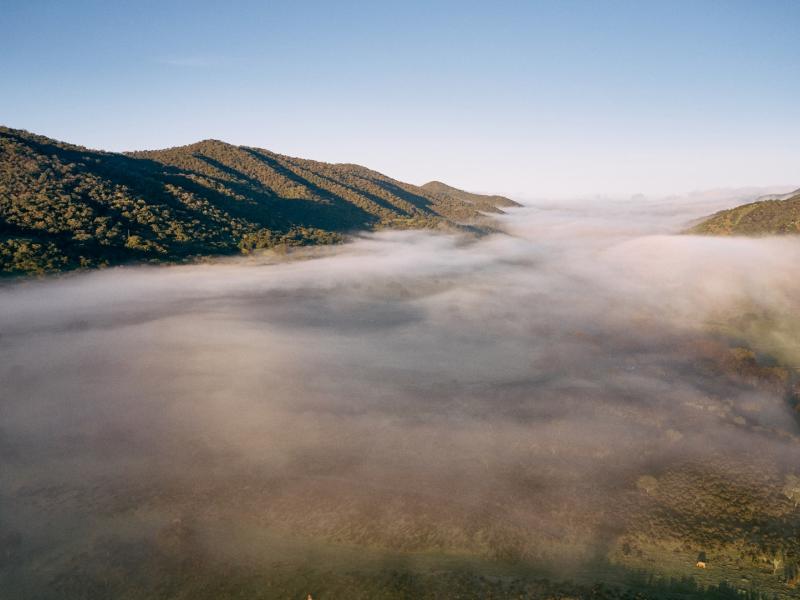
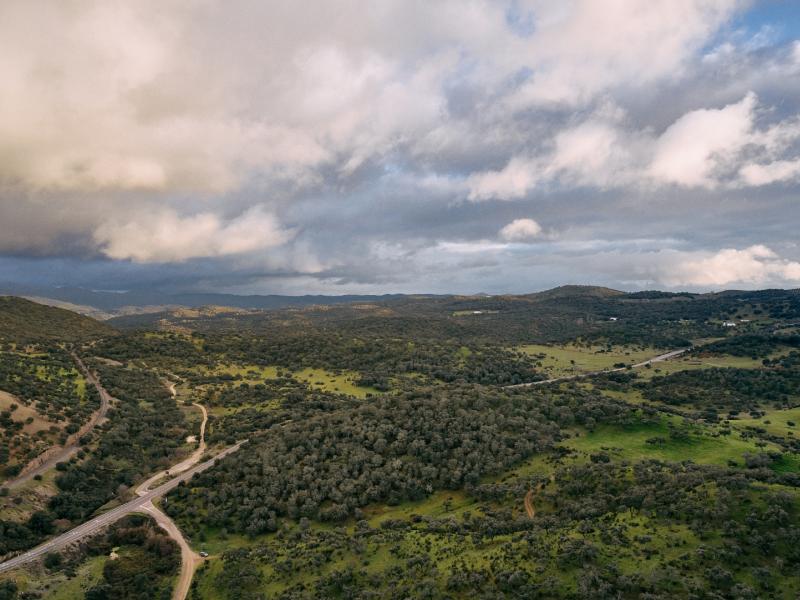
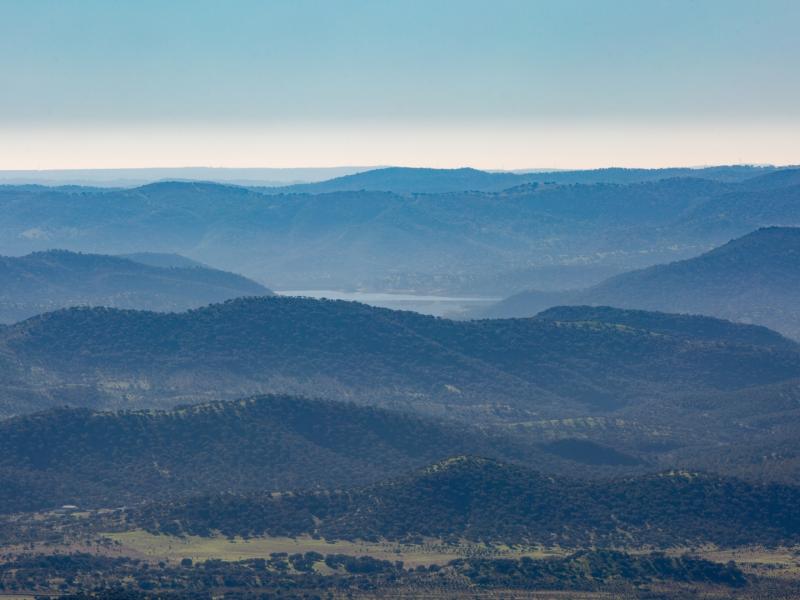
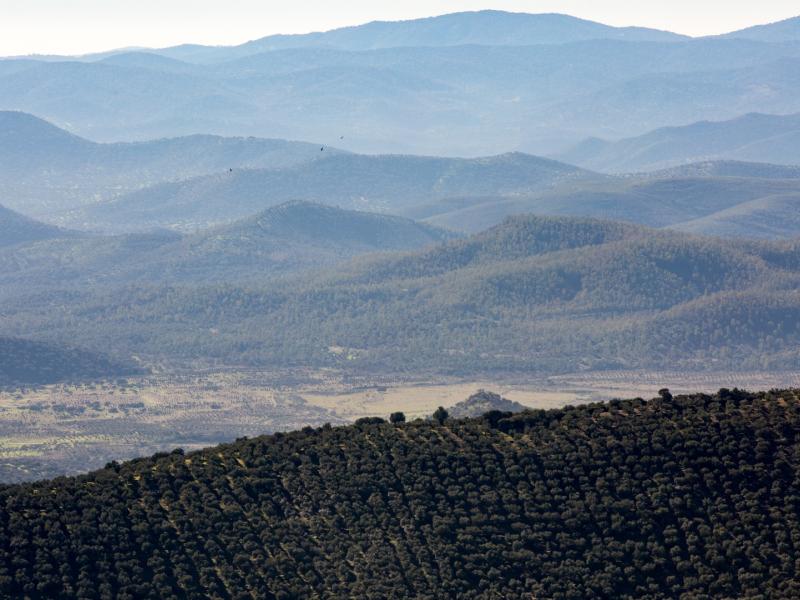
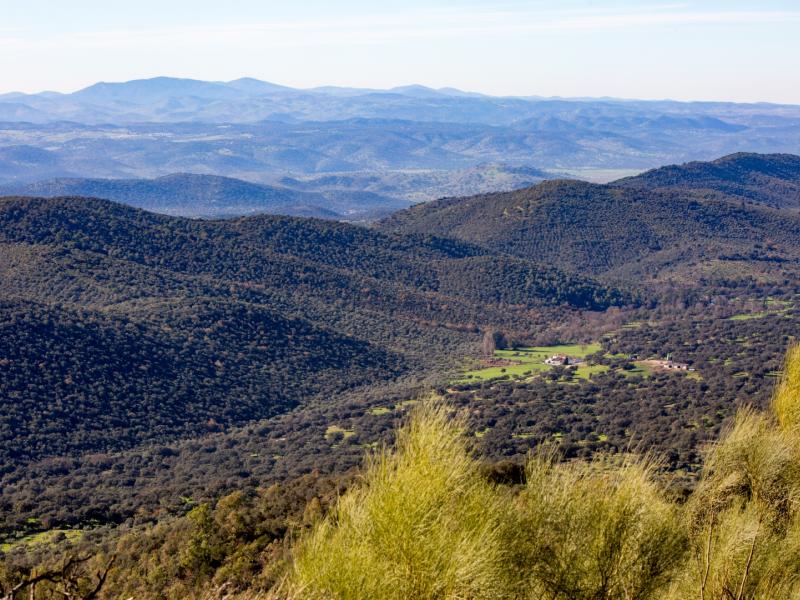
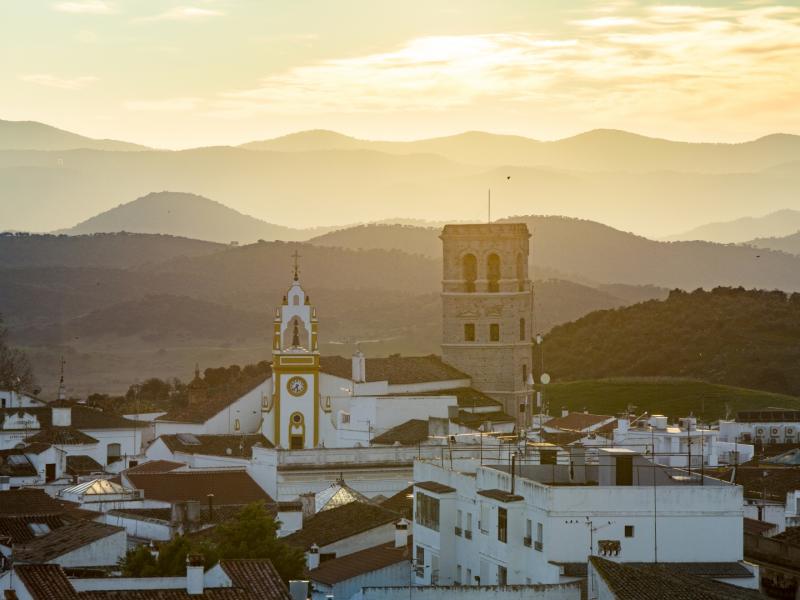
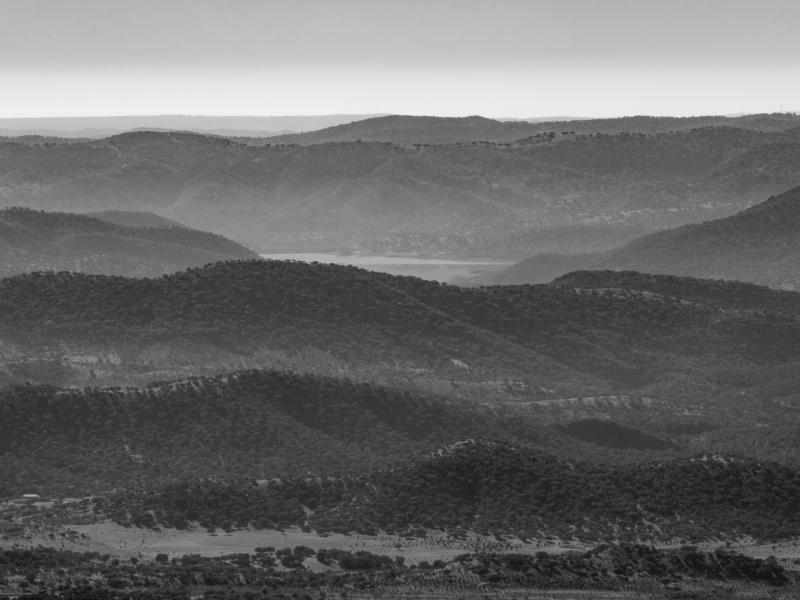
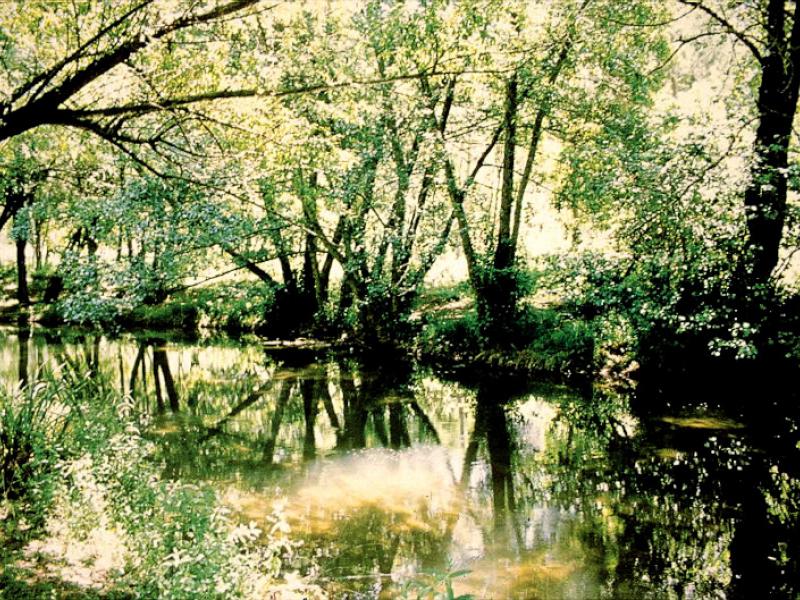
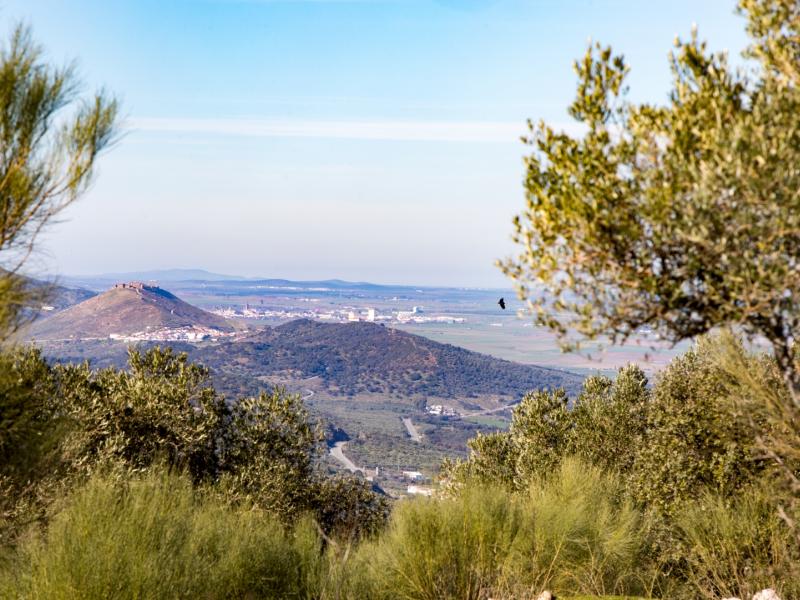
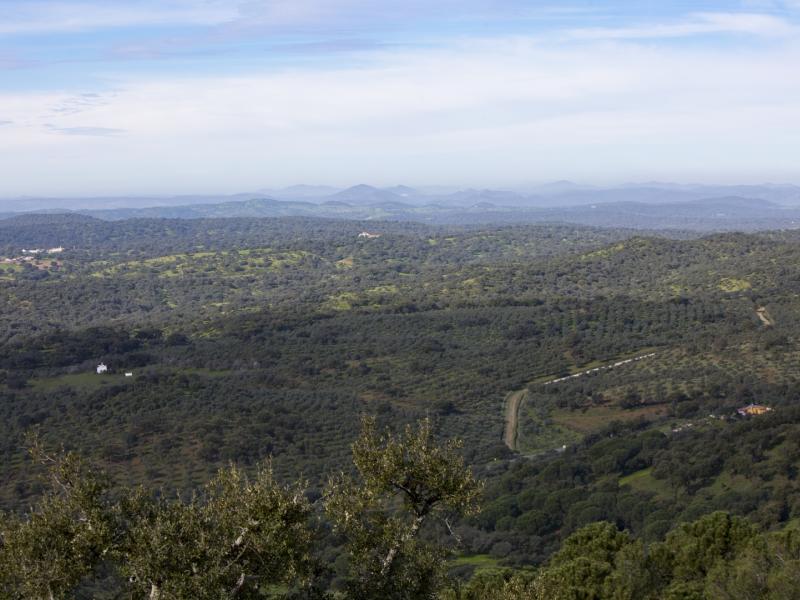
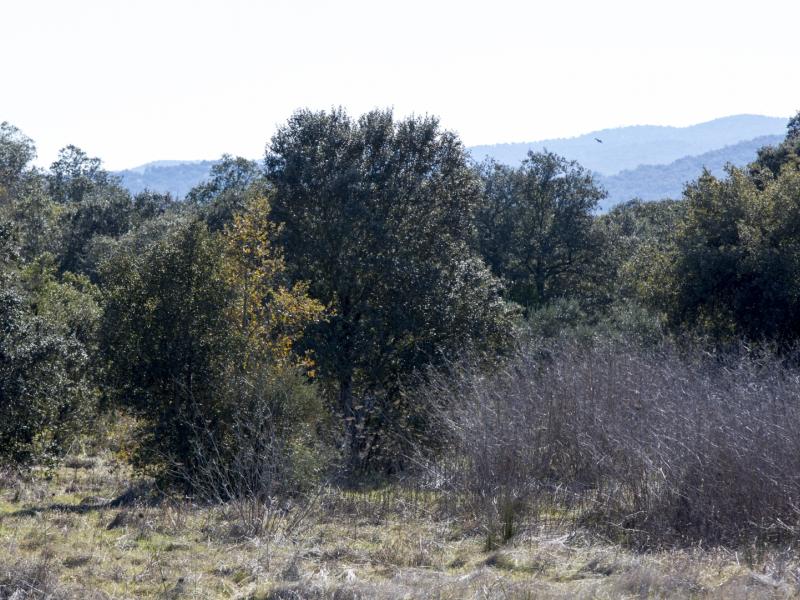
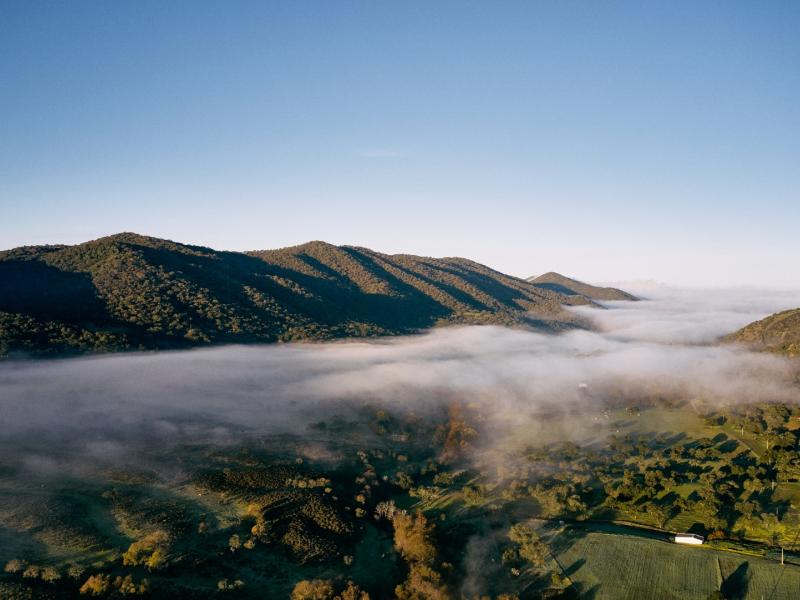
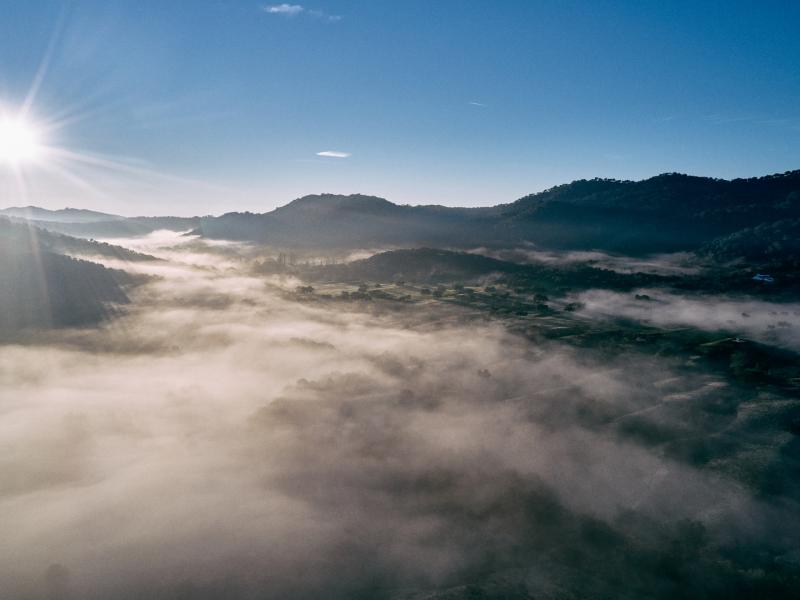
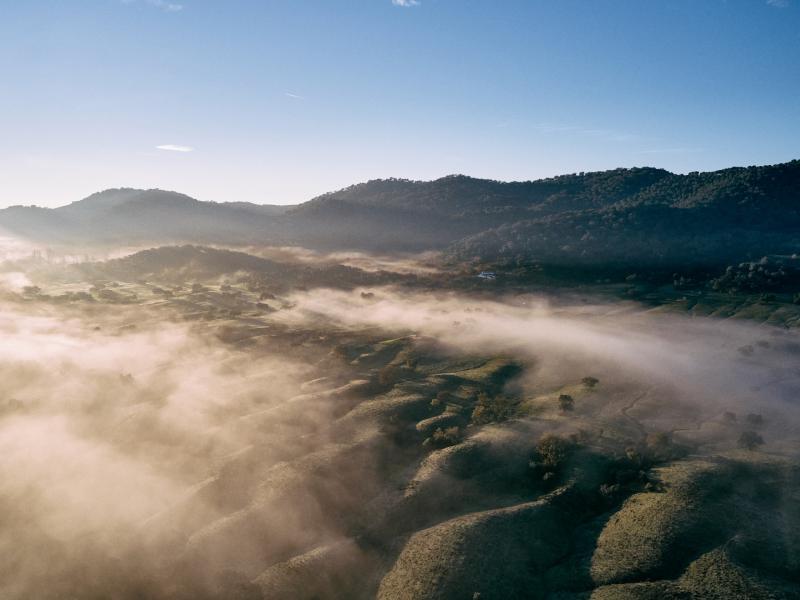
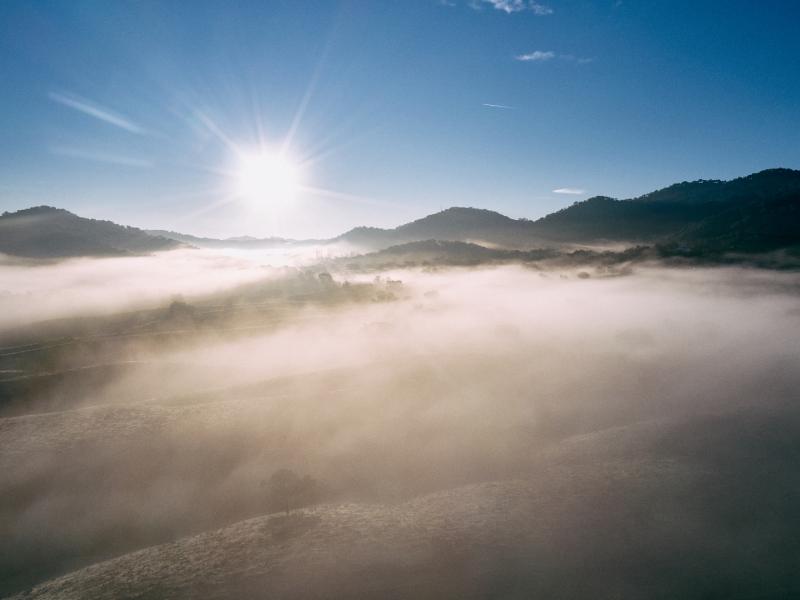
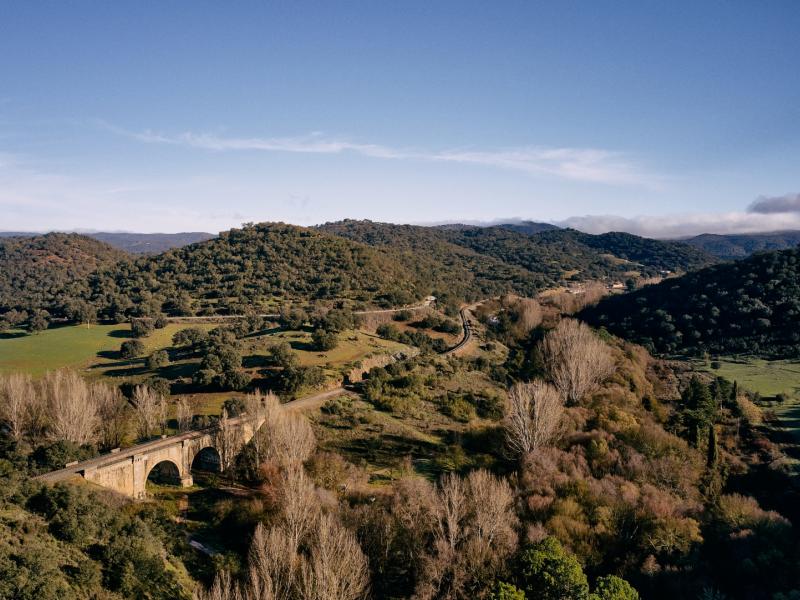
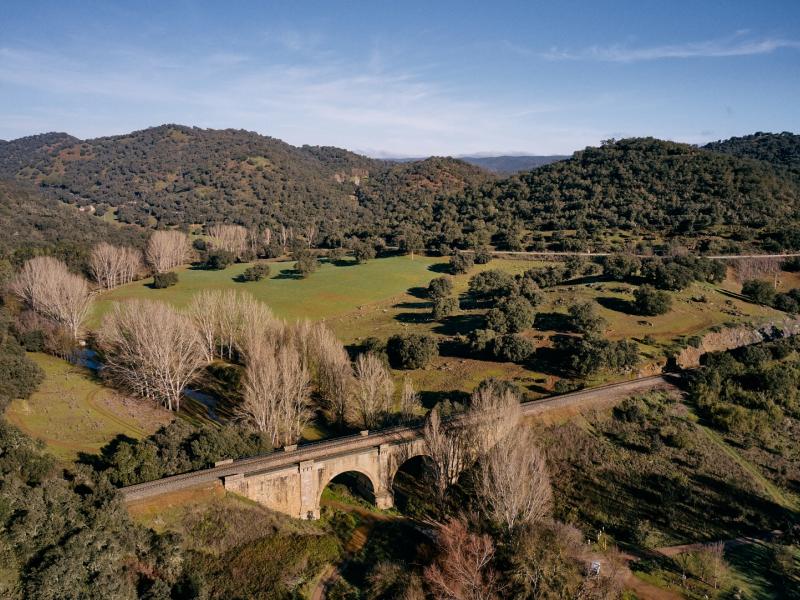
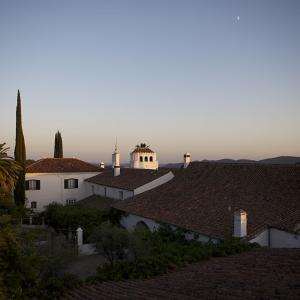
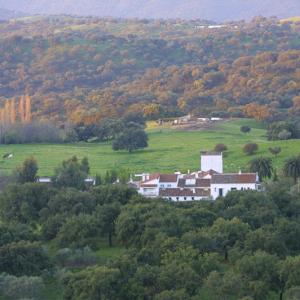


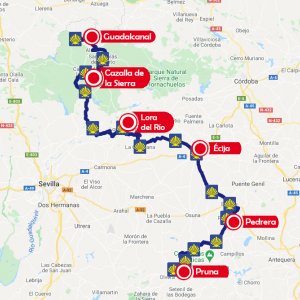
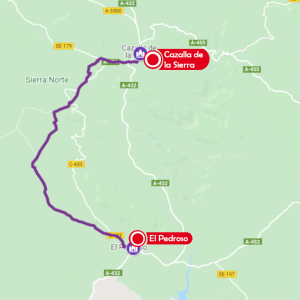
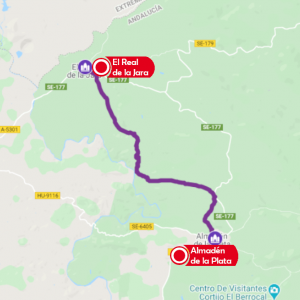
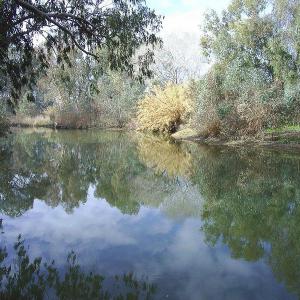
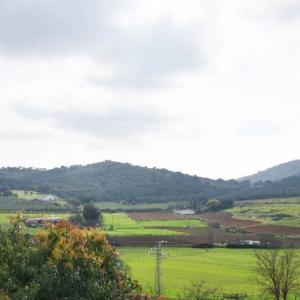
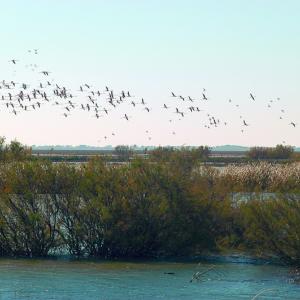
0 comments
New comment
The comments are moderated, so it takes a while to appear. If they contain offensive language they will not be published.